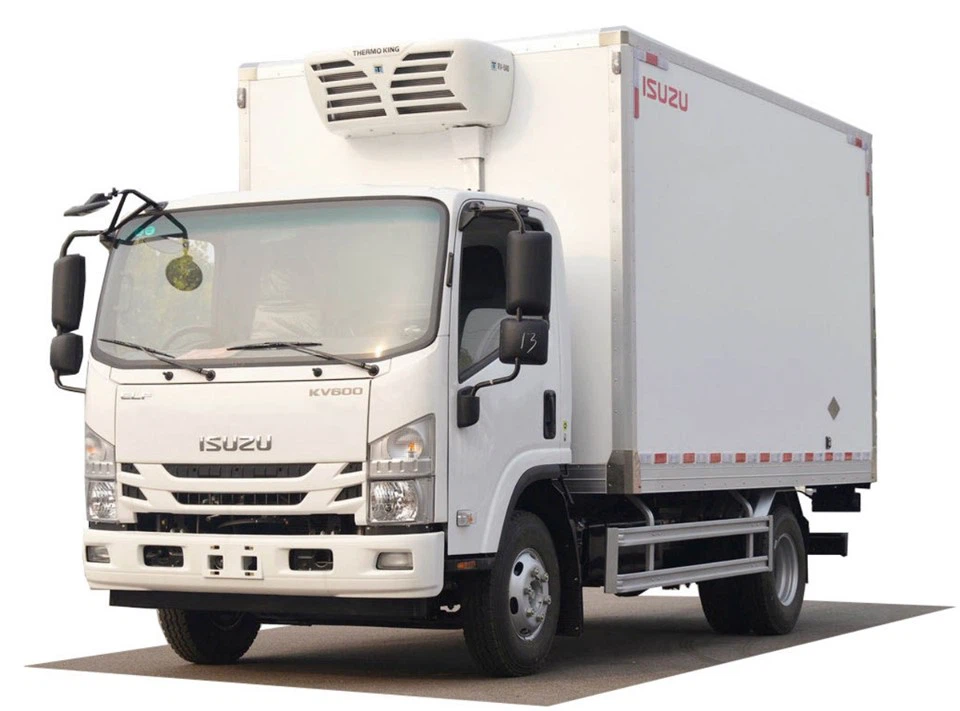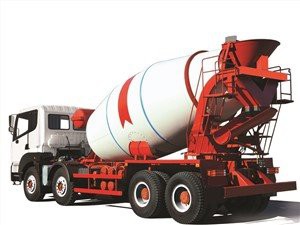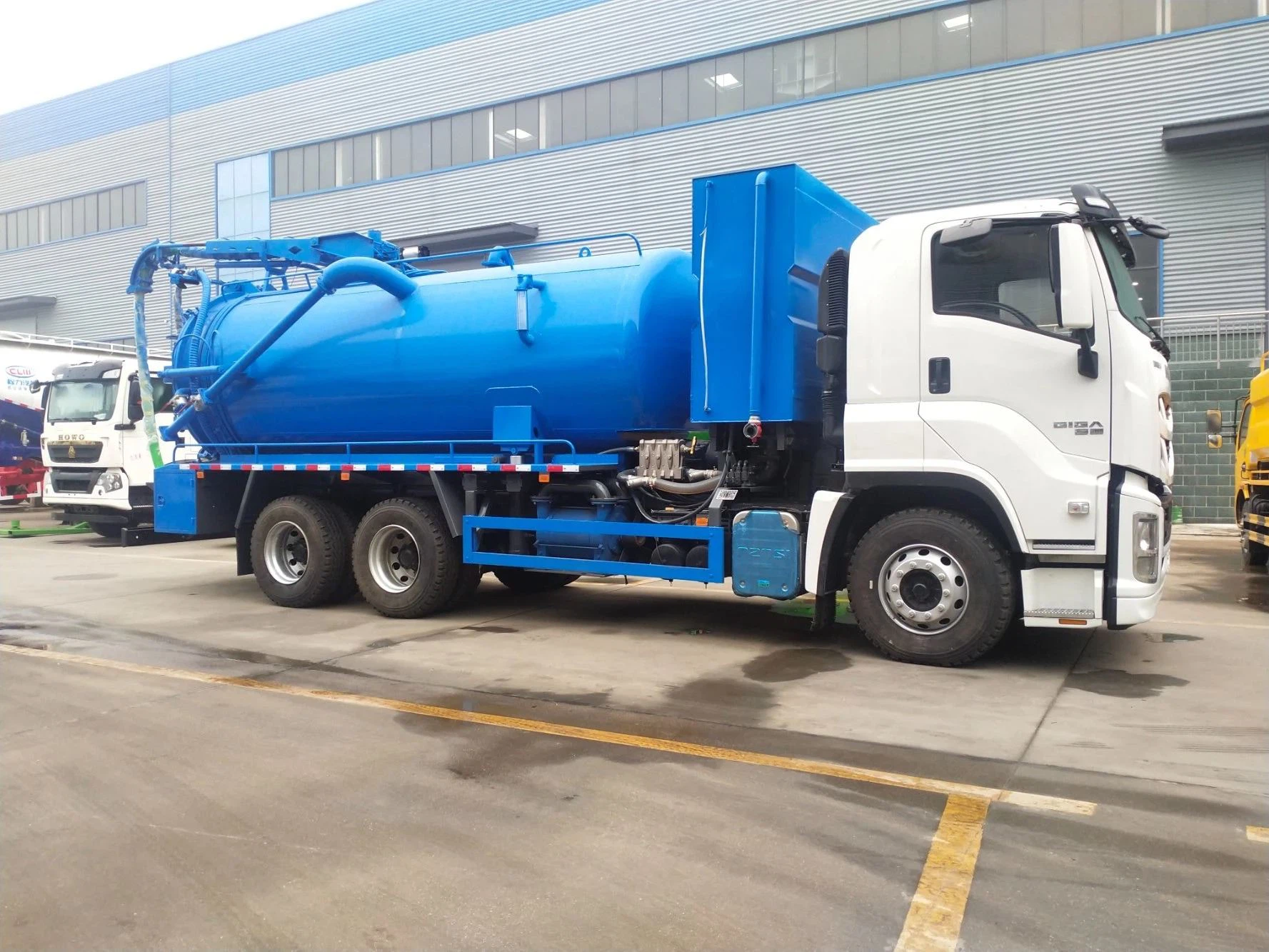Understanding Road Sweeper Brushes: Types, Uses, and Maintenance Tips

Road sweeper brushes are essential components in keeping our streets clean and safe. These brushes play a pivotal role in removing dirt, debris, and litter from roadways, thereby improving the overall cleanliness and appearance of urban environments. As cities grow and the demand for cleanliness increases, understanding road sweeper brushes becomes increasingly important. This article will explore the various types of road sweeper brushes, their specific uses, maintenance tips, and other important aspects related to this crucial piece of equipment.
What are Road Sweeper Brushes?
Road sweeper brushes are specially designed tools used in road maintenance vehicles to clean various surfaces. They work in tandem with a road sweeper machine, which collects debris as the brushes efficiently dislodge dirt and grime from the road. Understanding the functionality of these brushes can help operators select the right type for their needs.
The Role of Road Sweeper Brushes in Urban Cleanliness
The brushes are integrated into street sweepers, which are vehicles designed for cleaning streets and parking lots. When these brushes rotate, they sweep debris toward the center of the machine, where it is then vacuumed or collected for disposal. This system is crucial for maintaining hygiene, safety, and aesthetics in urban environments.
Types of Road Sweeper Brushes
Various types of road sweeper brushes are available in the market, each designed for specific applications. Understanding these types is vital for effective waste management.
1. Polypropylene Brushes
Polypropylene brushes are lightweight and durable. They are ideal for sweeping fine particles like dust and sand. Commonly used in combination with vacuum systems, these brushes help maintain a clean surface without scattering debris.
2. Wire Brushes
Wire brushes are suitable for heavy-duty tasks. They can remove stubborn dirt, grease, and even paint from surfaces. Though effective, they may cause wear and tear on the road surface, making it essential to use them judiciously.
3. Trimmed Brushes
Trimmed brushes offer versatility, as they can be used to sweep and scrub surfaces effectively. Manufacturers can customize their lengths and configurations, making them perfect for tailored applications. They are particularly effective in urban environments where varied debris is common.
4. Disk Brushes
Disk brushes attach closely to road surfaces and provide enhanced cleaning capability. They are effective in parking lots and narrower streets where maneuverability is required. Their design allows them to reach corners and edges effectively.
5. Angle Brushes

Angle brushes can adjust their angle for effective sweeper function. They are particularly useful for irregular surfaces and edges, ensuring thorough cleanliness. Their adjustability helps in maintaining different types of terrains.
6. Specialized Brushes for Unique Surfaces
Some brushes are specially designed for unique surfaces like cobblestones or asphalt. Utilizing such brushes can ensure that maintenance work does not damage the surface while still achieving effective cleaning.
Choosing the Right Road Sweeper Brush
Choosing the appropriate brushing material and design can vastly enhance the efficiency of a street sweeper. Here are key factors to consider when selecting road sweeper brushes:
1. Cleaning Needs
Identify the type of debris regularly encountered. For heavy debris, consider wire brush variants, while lighter materials may require polypropylene options.
2. Surface Type
The surface being cleaned significantly influences the type of brush to be used. Consider whether you’re sweeping a parking lot, roadway, or gravel path.
3. Brush Durability

Evaluate the longevity of different brushes in comparison to their cost. Some brushes may require more frequent replacements but could be more effective for specific tasks.
4. Compatibility with Sweeping Machine
Ensure that the selected brushes are compatible with your existing road sweeper. Different models may have specific requirements regarding brush type and attachment.
Best Practices for Road Sweeper Brush Maintenance
Keeping road sweeper brushes in optimal condition is crucial for ensuring their longevity and efficiency. Here are some best practices:
1. Regular Inspection
Before and after use, perform regular inspections to identify wear and tear. This can prevent ongoing damage and ensure consistent operation.
2. Cleaning the Brushes
After each use, cleaning the brushes helps remove debris and prevent buildup that can reduce effectiveness. Regular cleaning extends the life of the brushes significantly.
3. Proper Storage
Store brushes in a cool, dry place when not in use. Avoid leaving them exposed to direct sunlight, which can damage materials, particularly plastics.
4. Replacement Scheduling
Set a replacement schedule based on usage intensity. Having a pre-defined replacement cycle can help in budgeting and maintaining the effectiveness of road cleaning operations.
5. Professional Servicing
Consider professional servicing at least once a year to ensure that the machine and brushes function effectively. Professionals can catch problems early and advise on maintenance solutions.
Practical Examples and Tips for Effective Road Sweeping
Implementing an efficient road sweeping strategy requires more than just employing the right brushes. Here are some valuable examples and tips:
1. Employing a Routine Schedule
Establishing a regular sweeping schedule can significantly improve road cleanliness. During peak usage hours, it’s wise to sweep early in the morning or late in the evening to reduce obstructions.
2. Using Advanced Technologies
Advancements in technology introduce various enhancements in road sweeping activities. Integrating sensors and monitoring systems can help optimize sweeping routes and schedules effectively.
3. Training Personnel
Training operators to use the equipment correctly can help maximize its potential. Simple techniques, such as controlling sweep speed and brush pressure, can ensure better cleaning outcomes.
4. Environmental Considerations
Encouraging sustainable practices, such as reducing the use of chemicals in sweeping operations, can greatly benefit local ecosystems and the overall community.
5. Community Engagement
Encouraging community participation can lead to better maintained public areas. Organizing events can raise awareness and foster communal responsibility for cleanliness.
FAQs About Road Sweeper Brushes
1. How often should road sweeper brushes be replaced?
Road sweeper brushes should be replaced based on their wear and tear. A good practice is to inspect them after every use and set a regular replacement schedule, typically every 3-6 months depending on usage.
2. Can I use any type of brush in my road sweeper?
No, the compatibility of a brush with a road sweeper is crucial. Always check the specifications provided by the sweeper manufacturer to ensure you’re using the correct type of brush.
3. Are wire brushes better than polypropylene brushes?
Not necessarily. Each has its advantages depending on what debris you need to clear. Wire brushes are better for hard-to-remove debris, while polypropylene brushes are more effective for fine particles and dust.

4. How do I clean my road sweeper brushes after use?
Remove any lodged debris manually or with a gentle scrubbing tool. Rinse them with water to avoid buildup and ensure optimal performance for future use.
5. What is the main advantage of using angle brushes?
Angle brushes allow for more flexibility and adjustability, enabling operators to clean effectively in different terrains and reach hard-to-access areas.
6. Is it cost-effective to maintain road sweeper brushes properly?
Yes, proper maintenance helps extend the lifespan of road sweeper brushes, saving costs on replacements in the long run and ensuring effective cleaning operations.
